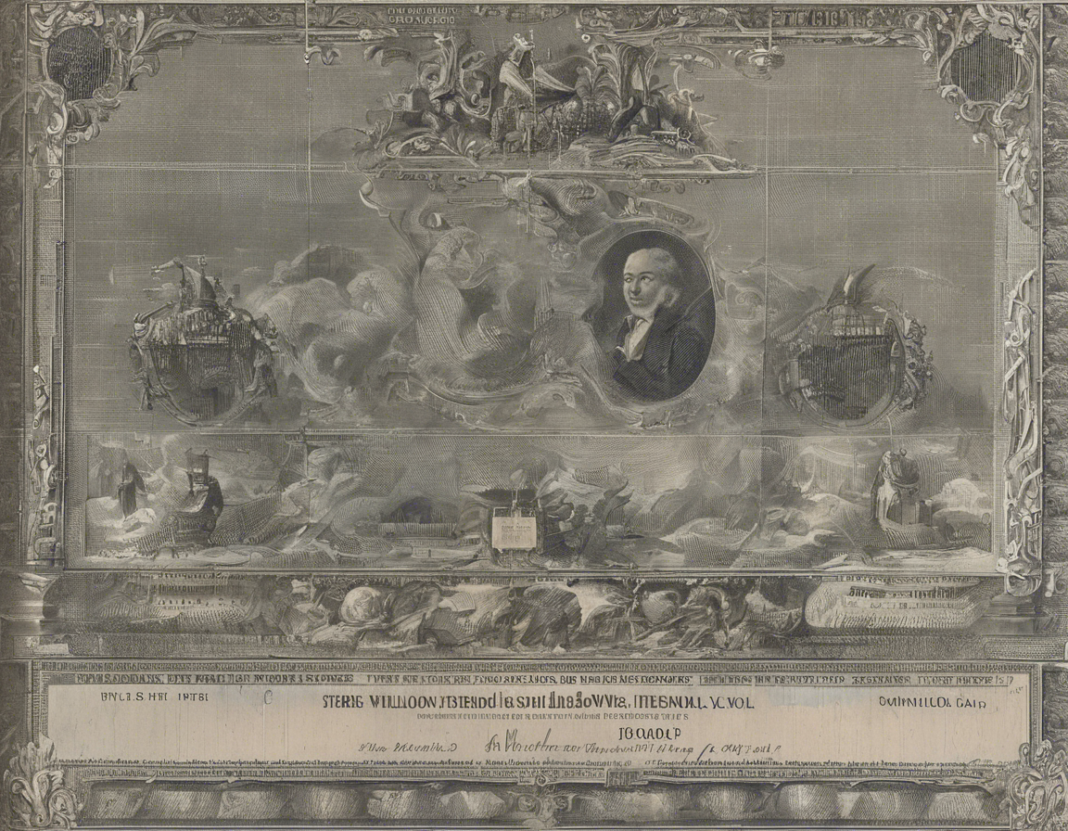Introduction
Investing in the stock market can be both thrilling and daunting, especially for those new to the field. Understanding share price trends and conducting a thorough analysis can greatly aid investors in making informed decisions. In this post, we will delve into the Sterling and Wilson case study to understand the fluctuations in its share price, factors affecting them, and how investors can interpret and capitalize on these trends.
The Company: Sterling and Wilson
Sterling and Wilson is a global pure-play, end-to-end solar engineering, procurement, and construction (EPC) solutions provider. It is a subsidiary of the Shapoorji Pallonji Group, a diversified conglomerate with operations across various sectors. Sterling and Wilson has a strong presence in various countries and boasts a track record of executing numerous utility-scale solar projects.
Factors Affecting Share Price Trends
Several factors can influence the share price trends of a company like Sterling and Wilson. Understanding these factors is crucial for investors aiming to predict future movements. Some of the key aspects include:
-
Market Conditions: The overall market conditions, both domestic and global, play a significant role in determining share prices. Factors like economic indicators, political stability, and industry trends can impact the stock’s performance.
-
Financial Performance: The financial health of the company is a crucial determinant of its share price. Metrics such as revenue growth, profitability, debt levels, and cash flow can influence investor sentiment and stock valuation.
-
Industry Trends: The renewable energy sector, in which Sterling and Wilson operates, is highly dynamic and subject to technological advancements, regulatory changes, and market demand fluctuations. Keeping abreast of these trends is essential.
-
Competitive Landscape: Competitors’ actions, market share dynamics, and industry rivalry can all have an impact on a company’s share price. Analyzing how Sterling and Wilson positions itself against rivals is vital.
Analyzing Share Price Trends
Sterling and Wilson‘s share price trends can be analyzed through various tools and techniques. Fundamental analysis involves examining the company’s financial statements, management quality, business model, and industry outlook. Investors can also utilize technical analysis, utilizing charts, indicators, and patterns to predict future price movements.
Long-Term Investment Perspective
For investors with a long-term horizon, focusing on the fundamental strength of Sterling and Wilson is paramount. Evaluating its growth potential, competitive advantages, and management vision can provide insights into its future performance. Diversification and risk management are also crucial aspects to consider for long-term investors.
Short-Term Trading Strategies
Short-term traders often rely on technical analysis and market sentiment to make quick trades based on price fluctuations. Tools such as moving averages, Relative Strength Index (RSI), and candlestick patterns can aid in identifying entry and exit points. Risk management and stop-loss orders are essential for mitigating potential losses.
FAQs:
1. What has been the historical share price performance of Sterling and Wilson?
Historical share price performance of Sterling and Wilson has shown fluctuations in line with market conditions and industry dynamics. Past trends can offer insights into potential future movements.
2. How does Sterling and Wilson’s financial performance impact its share price?
Strong financial performance, including revenue growth, profitability, and cash flow generation, can positively impact Sterling and Wilson’s share price. Conversely, poor financial results may lead to a decline in share value.
3. What role do industry trends play in Sterling and Wilson’s share price movements?
Industry trends, such as changes in demand for solar energy solutions, regulatory developments, and technological innovations, can significantly influence Sterling and Wilson’s share price. Staying informed about the sector is crucial.
4. How can investors utilize fundamental analysis when assessing Sterling and Wilson’s share price?
Fundamental analysis involves evaluating Sterling and Wilson’s financial statements, industry position, competitive advantages, and management quality. This information can help investors make informed decisions about the stock.
5. What are some key technical indicators that traders can use to analyze Sterling and Wilson’s share price trends?
Traders can utilize technical indicators such as moving averages, Relative Strength Index (RSI), MACD, and Bollinger Bands to analyze Sterling and Wilson’s share price movements. These tools can aid in identifying potential entry and exit points.
In conclusion, analyzing Sterling and Wilson‘s share price trends requires a comprehensive understanding of market dynamics, financial performance, industry trends, and investor sentiment. By employing both fundamental and technical analysis, investors can make informed decisions aligned with their investment objectives and risk tolerance. It is essential to conduct thorough research, stay updated on relevant news, and seek professional advice when needed to navigate the complexities of the stock market successfully.









